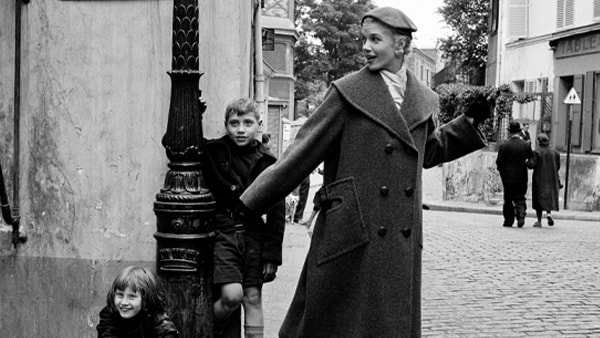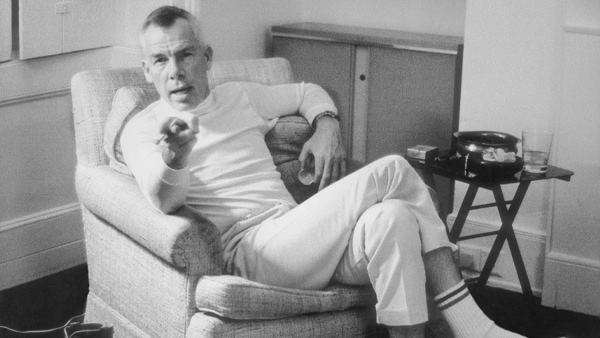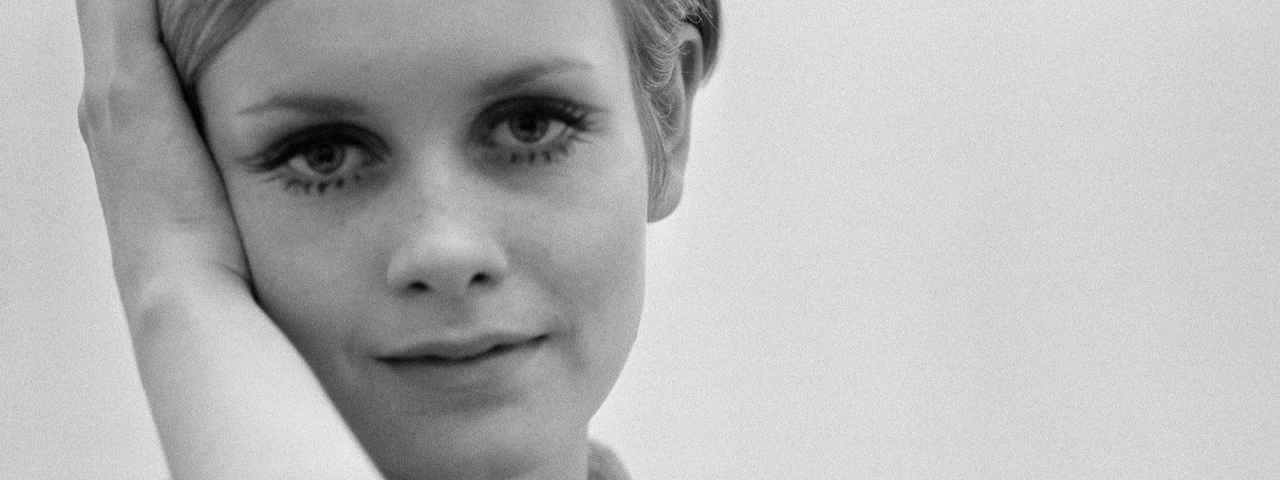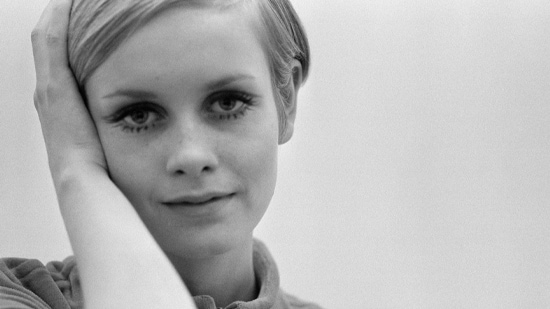A snapshot in time
Marilyn Stafford has taken Albert Einstein's portrait, breakfasted with Edith Piaf and witnessed Lee Marvin break into song, and that's just for starters...
Marilyn Stafford is remembering the photograph that launched her incredible photo reportage career in 1948. She may be 96, but she can recall all the minutiae, right down to the weather, as if it were yesterday.
Aged 23, she left her hometown of Cleveland, Ohio to be an actress in New York. She was trained in the Stanislavski method, a technique encouraging actors to use past experiences to drive their character's reactions and emotions. "In terms of photography, quiet observation went in very early on," notes Marilyn. "I always say I am probably the only Stanislavski photographer because I studied acting that way and just photographed in the same manner, without really thinking."
As a jobbing actress, she fell in with a crowd of young documentary makers who wanted to make a film of Albert Einstein speaking out against the atomic bomb. And so it began. "It was only when we were in the car on the way that I was handed this 35mm SLR camera and told to shoot," she says. "I didn't really know I was going to be taking photographs, so my mind wasn't adjusted to telling a picture story. If it had been, I would have taken a photograph of the front of Einstein's house, of him opening the front door, his coat rack and seeing a violin case by the hallway wall... I have a mental filing cabinet in my mind full of all the photographs that I missed."
Thankfully for us, she captured the celebrated physicist sitting forward in an armchair, smiling. "I kept quiet in the background, but I could hear Einstein ask how many feet per second the film goes through the camera, so the director explained and he listened calmly. As we were packing up, he said, 'Thank you very much, now I understand,' which, coming from a genius, was rather humbling."


Shortly after the Einstein photograph, Marilyn left for Paris, where she would walk around discreetly taking street scenes with her camera. Her images of children playing in the streets were taken in the slum enclave of Cite Lesage-Bullourde and give a rare insight into this now-gentrified area's past.
But she needed to find work. "I was at a birthday dinner with some American journalists and sang 'Happy Birthday'. At the end of the evening, I was approached by a talent agent looking for a singer for an ensemble in a smart dinner club, Chez Carrere, just off the Champs Elysees. Of course, being young, I said yes and, next thing, there I am on the stage singing."
The club was a magnet for American ex-pats and celebrities, including Bing Crosby. Marilyn recalls him taking a shine to her and bringing croissants to her apartment, but that's a whole other story...
Meanwhile, in another twist of fate, her bandmate Eddie Constantine hit it off with Edith Piaf and Marilyn soon found herself part of Piaf's extended entourage. She was regularly invited to Piaf's new home in the Bois de Boulogne for breakfast after the shows. The photographer later captured her friend smiling in an armchair at the Grand Hotel, although those images only came about after Marilyn politely asked if she would mind. "I love that Edith is smiling and wearing white, which is in stark contrast to all those dark, depressing songs she sang in black."
Marilyn soon formed an agency with the French photographer Michel Arnaud, shooting couture for the likes of Dior, Chanel and Givenchy. "I never liked studio work – all those annoying floor cables – so I decided to take the models out of the studio, onto the streets of Paris, and shoot them with everyday people milling about in the background."
But fashion was never really her passion. "I think it was the famous photojournalist Don McCullin who said he'd rather be in a war zone than at a fashion show. I'd have to agree with him."
In the late 1950s, she married a British foreign correspondent. The couple were due to have their first baby in 1958, but Marilyn was so moved by the story of refugees fleeing the Algerian War of Independence, she travelled to Tunisia despite being five months pregnant. She took a series of photographs, including a haunting image of a young refugee mother with a child, arriving in Algeria after crossing the Tunisian border. It made it onto the cover of the Observer newspaper – her first front page, something of which Marilyn remains immensely proud.
A year later, her husband was posted to Italy, where she met and photographed the writer and activist Carlo Levi. Through him, she was invited to photograph Francesca Serio, the first woman to sue the Mafia after they murdered her son. Of the striking black and white portrait, Marilyn says: "I have it in my mind – her sitting in a chair during the court trial in Palermo – but, I was so nervous, none of the film went through." Luckily, Levi arranged another meeting.
In 1960, the family moved to Lebanon, where she took shots of everyday life and of models in the Miss Lebanon Beauty Pageant. Then, after her marriage ended, Marilyn returned to London just as the youth culture scene was exploding. However, British fashion was still very much a high-pressure boy's club. By contrast, Marilyn's intimate portraits of Twiggy, all eyelashes and looking directly down the lens, and Joanna Lumley, gazing serenely out of a window, demonstrate her natural ability to put the sitter at ease.
Speaking of rapport, the actor Lee Marvin, whom she photographed reclining in an armchair with cigarette in hand, could not look more relaxed. "Lee had come over to the UK to film The Dirty Dozen and we met at a friend's dinner party. We talked and became chummy and he invited me on a pub crawl as a way to learn more about London. He visited my house in Hampstead and, when I casually mentioned that I had never seen his film Paint Your Wagon, that's when he kicked off his boots, acted out the scene and sang the famous song, 'Wandering Star'. And that's when I got the shot."
In the 1970s, Marilyn began shooting in colour on assignment in Hampi, India. On another occasion, she spent a month following the Indian Prime Minister, Indira Gandhi. In 1980, as digital photography was taking off, Marilyn retired.
But that wasn't the end of her connection to photography and, in 2017, she founded the Marilyn Stafford FotoReportage Award. Designed to highlight female photographers focusing on under-reported social or environmental issues and supported by Nikon, the winner receives a bursary to help with living and travel expenses. "There are so many incredible female talents out there and I thought, if I can just do something to help them get on in the freelance world, then that's what I'll do."
Today, the photographer resides in a quiet Sussex seaside town – a fitting contrast after all those adventures. As to the secret of taking a successful picture, the quiet observer says: "Other than being in the moment, I tend not to overthink things. I just look down the lens and take the photograph. It’s really that simple.”
Picture credit: Marilyn Stafford

 Marilyn Stafford has taken Albert Einstein's portrait, breakfasted with Edith Piaf and witnessed Lee Marvin break into song, and that's just for starters...
Marilyn Stafford has taken Albert Einstein's portrait, breakfasted with Edith Piaf and witnessed Lee Marvin break into song, and that's just for starters...

